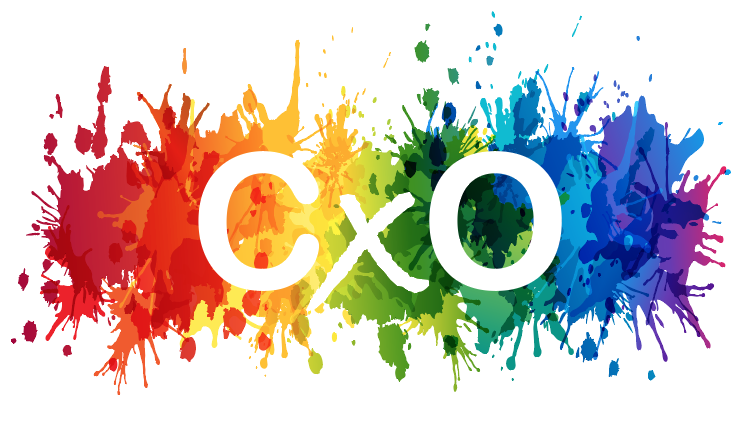Gender {In} Equality
Triggered by our WTech Singapore meetup, I’m sharing a short summary of what Gender inequality is and why it exists. Encouraging you to think about how we can improve gender equality. It requires a collective effort from individuals, communities, governments, and international organizations.
Some of the biggest challenges in gender inequality today are:
Cultural norms and biases play a major role in gender inequality. In many societies, women are still seen as inferior to men and their roles are restricted to specific domains such as the household, caregiving, and low-paying jobs.
Education is critical in breaking the cycle of gender inequality. However, girls and women are often denied access to education, especially in developing countries. Even when girls do attend school, they may not receive the same quality of education as boys.
Economic disparities Women often face economic disparities in terms of pay, job opportunities, and access to credit and resources. This limits their ability to earn a living and achieve financial independence.
Violence against women is a widespread problem, and it takes many forms, including domestic violence, sexual harassment, and trafficking. This creates a hostile environment for women and limits their freedom and mobility.
Political representation: Women are often underrepresented in political decision-making processes, which means that their needs and perspectives may not be adequately addressed. This further perpetuates gender inequality.
Health: Women face specific health challenges such as maternal mortality, reproductive health issues, and gender-based violence. These challenges are often linked to social and economic inequalities, and they limit women's ability to lead healthy and fulfilling lives.
“By educating your sons, you won’t have to protect your daughters”
Lets focus on a workplace
Women continue to face inequality in the workplace, despite significant progress made in recent years.
Pay Gap: Women often earn less than men for doing the same job, even when they have the same level of education, experience, and qualifications. This is referred to as the gender pay gap.
Limited Career Progression: Women often face barriers to career progression, such as unconscious bias, lack of role models, and workplace culture that values male leadership styles. This limits their opportunities for promotion and leadership positions.
Discrimination and Harassment in the workplace. Women are more likely to face it based on their gender, which can lead to negative health consequences, lower job satisfaction, and lower retention rates.
Lack of Family-Friendly Policies: Women are often the primary caregivers for children and other family members, which can conflict with their work responsibilities. Employers that do not provide family-friendly policies such as flexible working hours, paid parental leave, and childcare support, can make it challenging for women to balance work and family responsibilities.
Underrepresentation in High-Paying and Technical Fields: Women are underrepresented in high-paying and technical fields such as STEM, finance, and engineering, which limits their access to high-paying jobs and opportunities for career advancement.
Addressing gender inequality in the workplace requires a multifaceted approach that involves policy changes, cultural transformation, and individual actions.
Employers can take steps to address the pay gap, promote diversity and inclusion, provide opportunities for career development, and ensure that the workplace is free from discrimination and harassment. Additionally, governments can introduce legislation and policies that promote gender equality, such as paid parental leave, flexible working hours, and anti-discrimination laws. Finally, individuals can take action by advocating for gender equality in the workplace, supporting women in leadership positions, and challenging stereotypes and biases.
A good way to show how this works
Equality - treating everyone the same, without discrimination or bias. It assumes that everyone has the same needs, opportunities, and starting points. On the other hand, equity refers to treating people fairly, taking into account their different needs, circumstances, and backgrounds. It recognizes that not everyone starts from the same place and that some people may require additional support to achieve equal outcomes.
In short, while equality aims to ensure that everyone is treated the same, equity aims to ensure that everyone has access to the same opportunities and outcomes, regardless of their differences.


